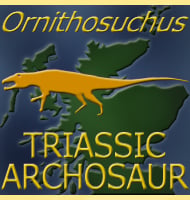Huehuecanauhtlus
In Depth Huehuecanauhtlus easily has one of the hardest genus names to pronounce of any dinosaur. That aside, Huehuecanauhtlus was a genus of hadrosauroid dinosaurs that lived in what is now Mexico during the late Cretaceous. The region that the Huehuecanauhtlus holotypes are known from would have been near the southern tip of the landmass … Read more
